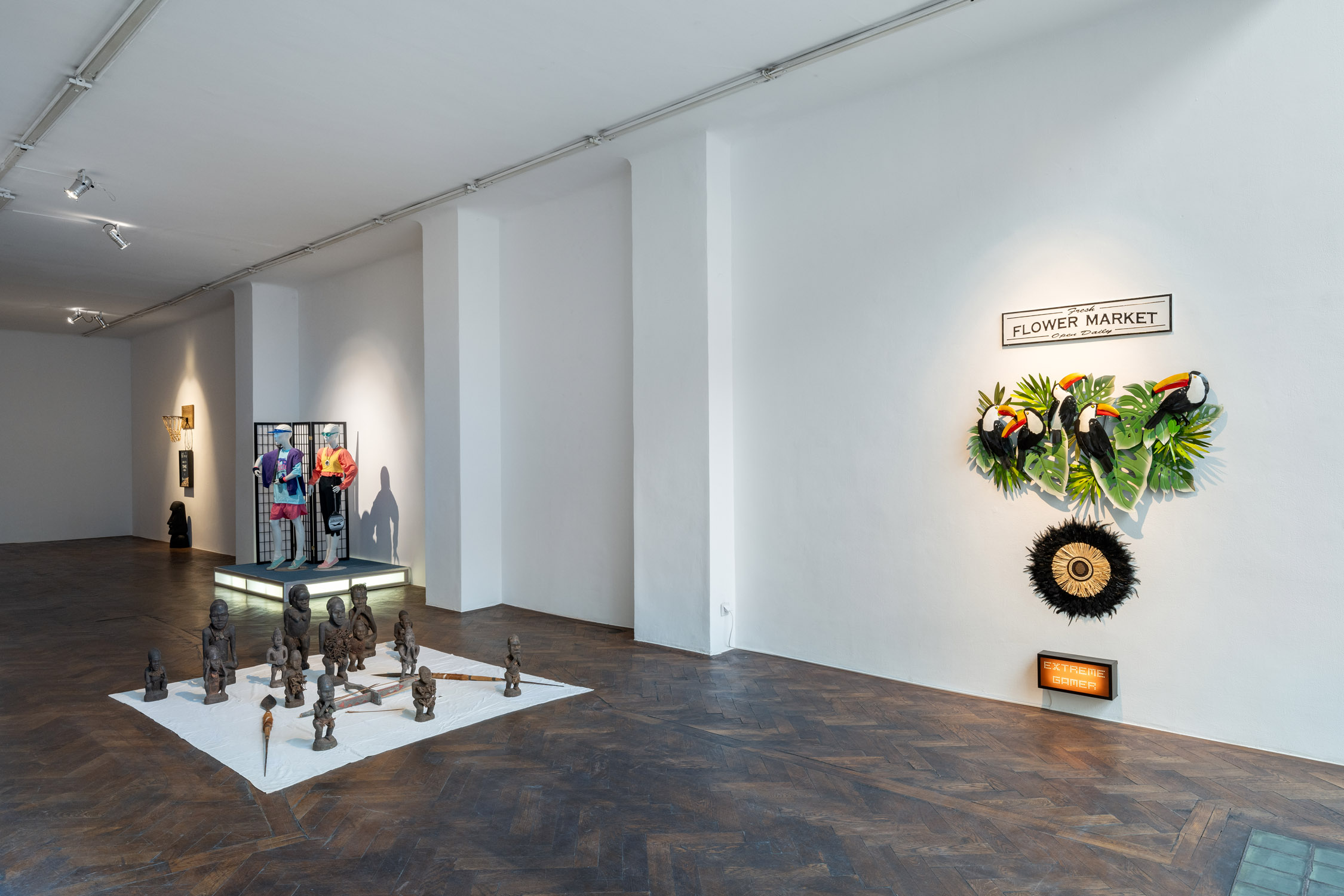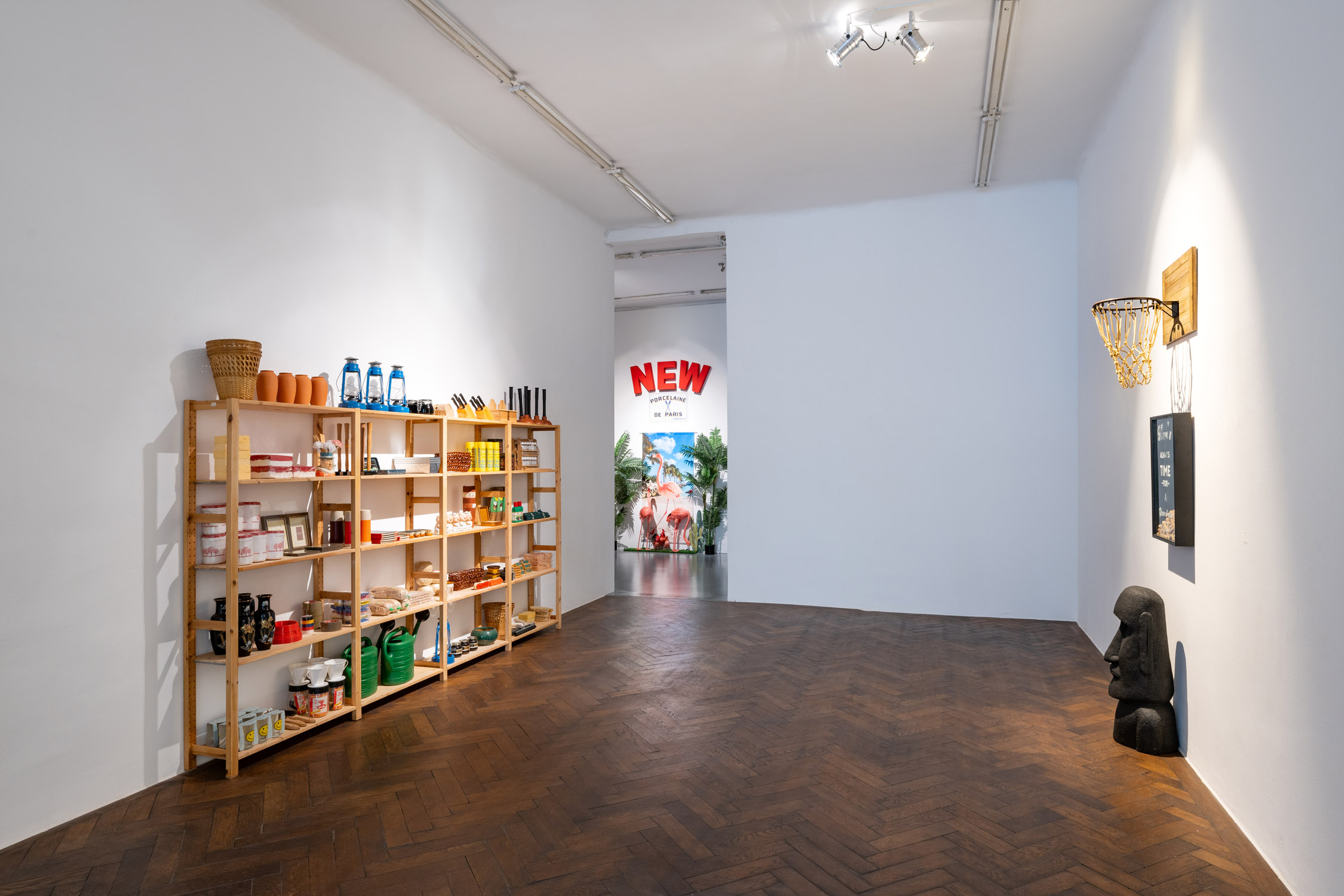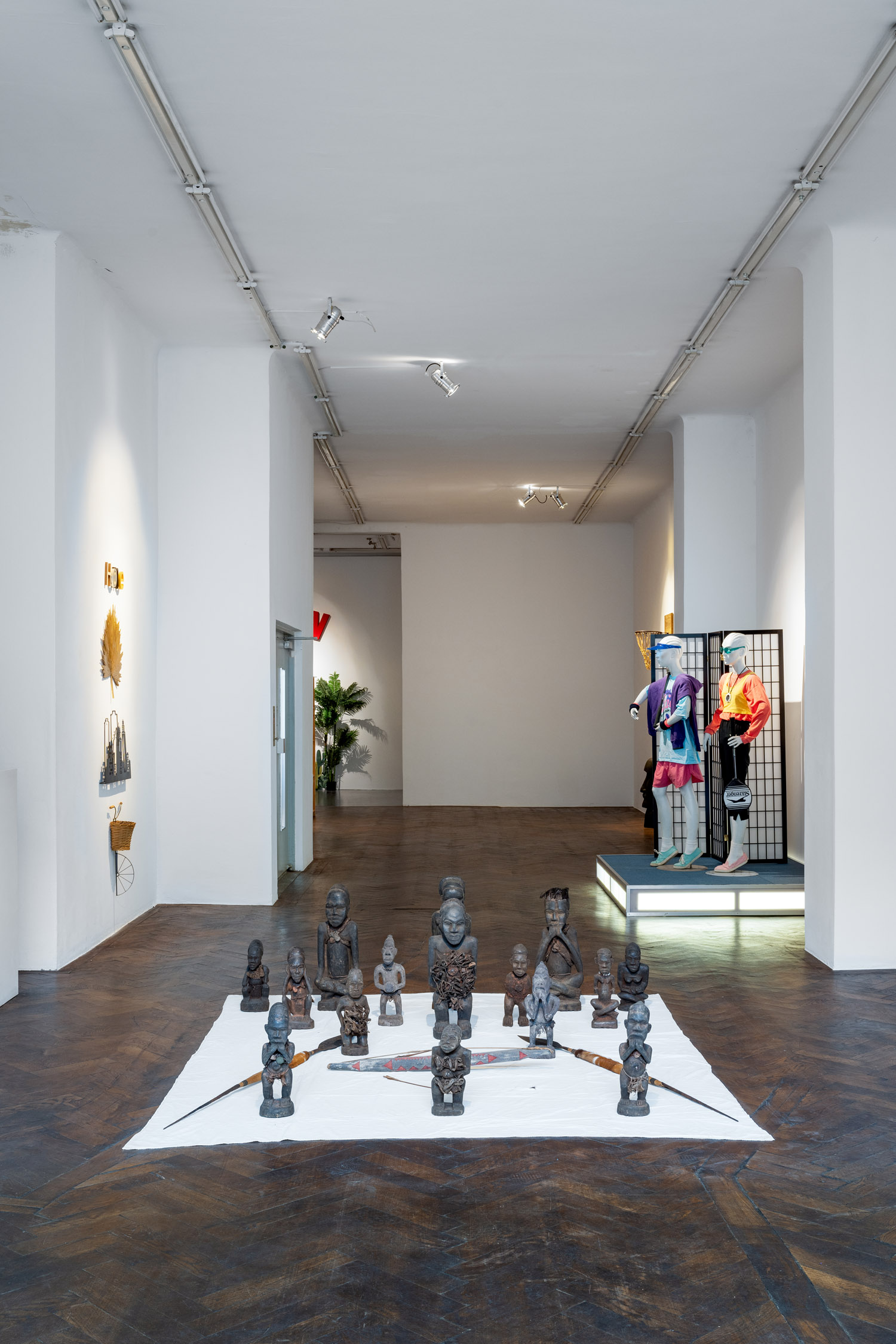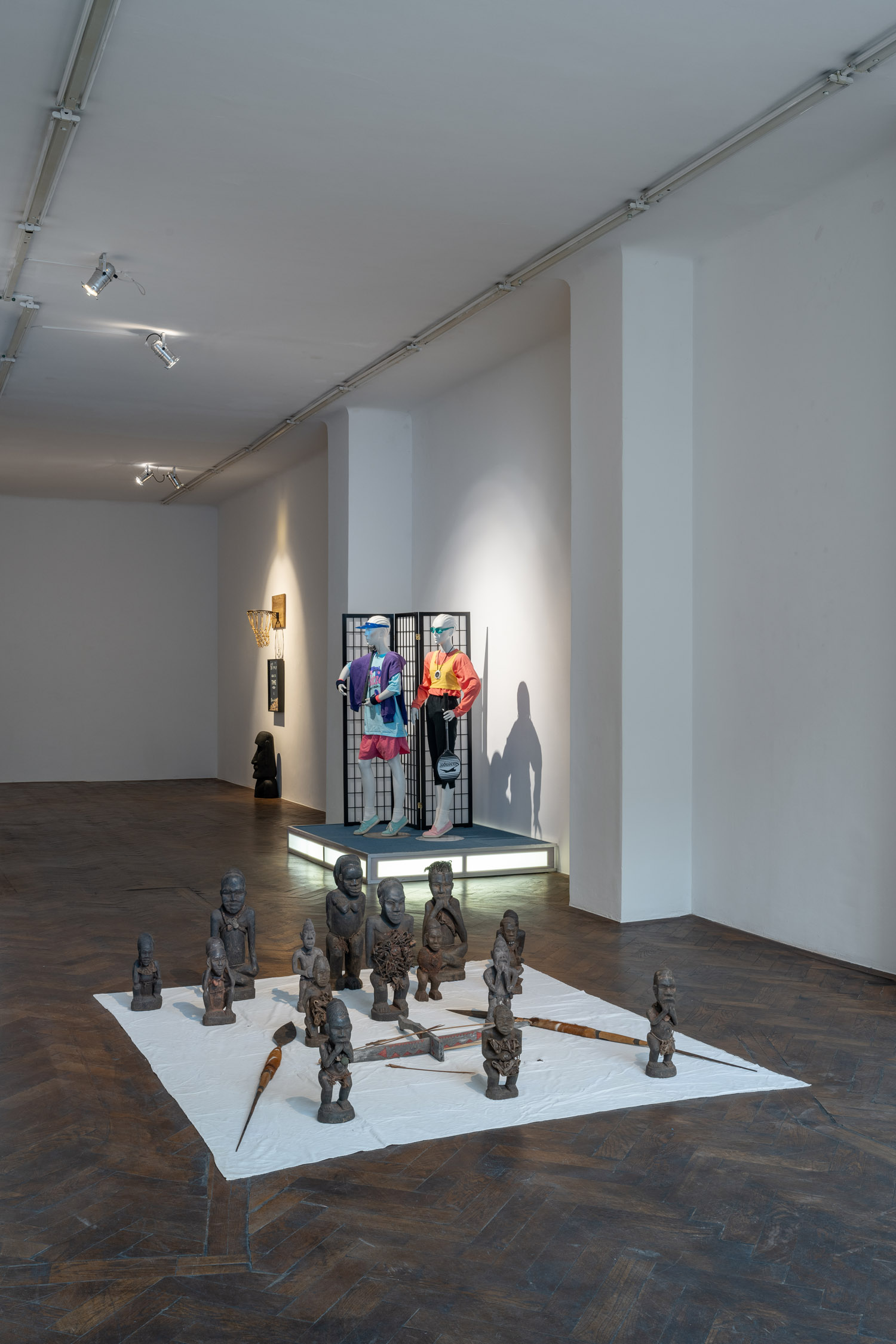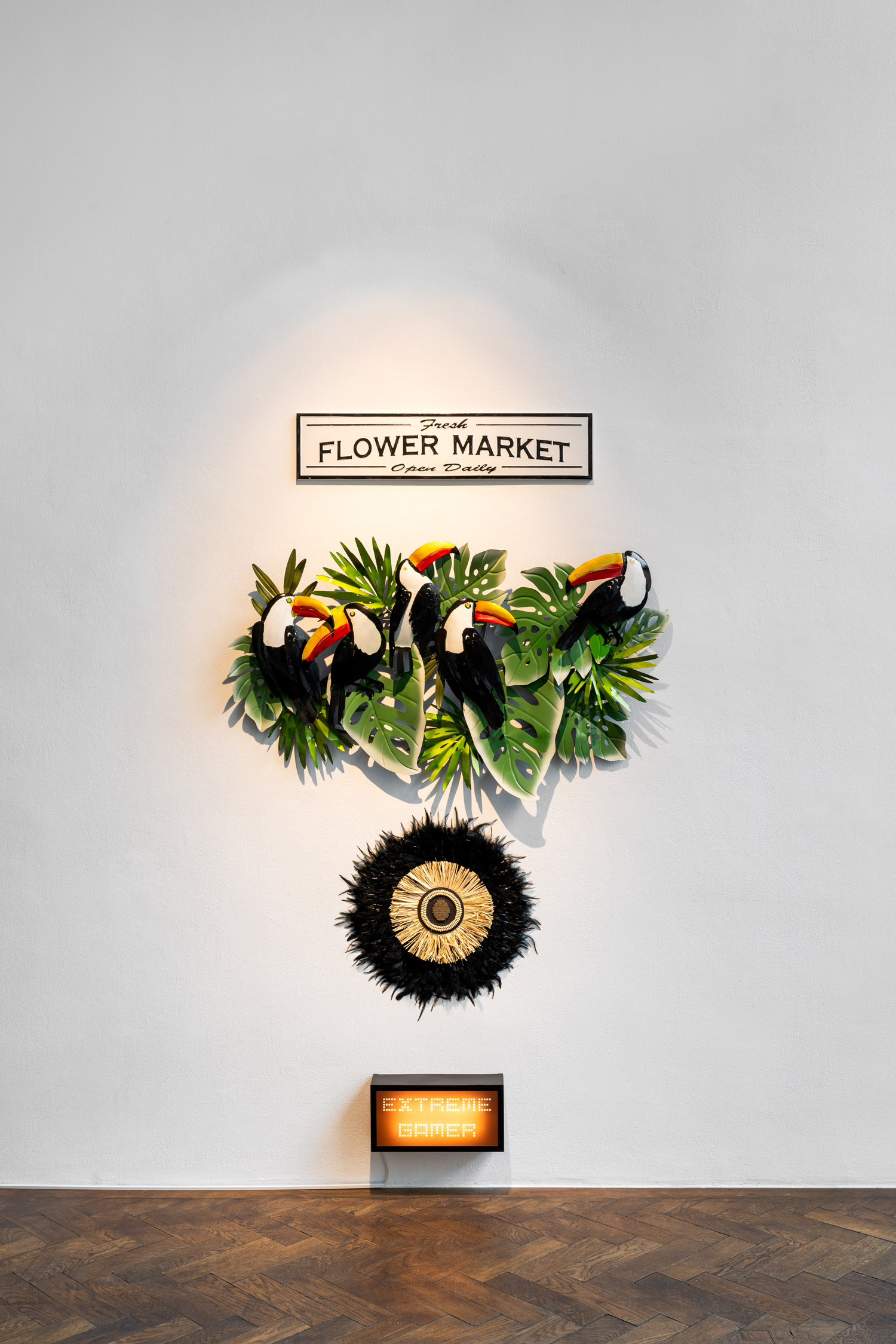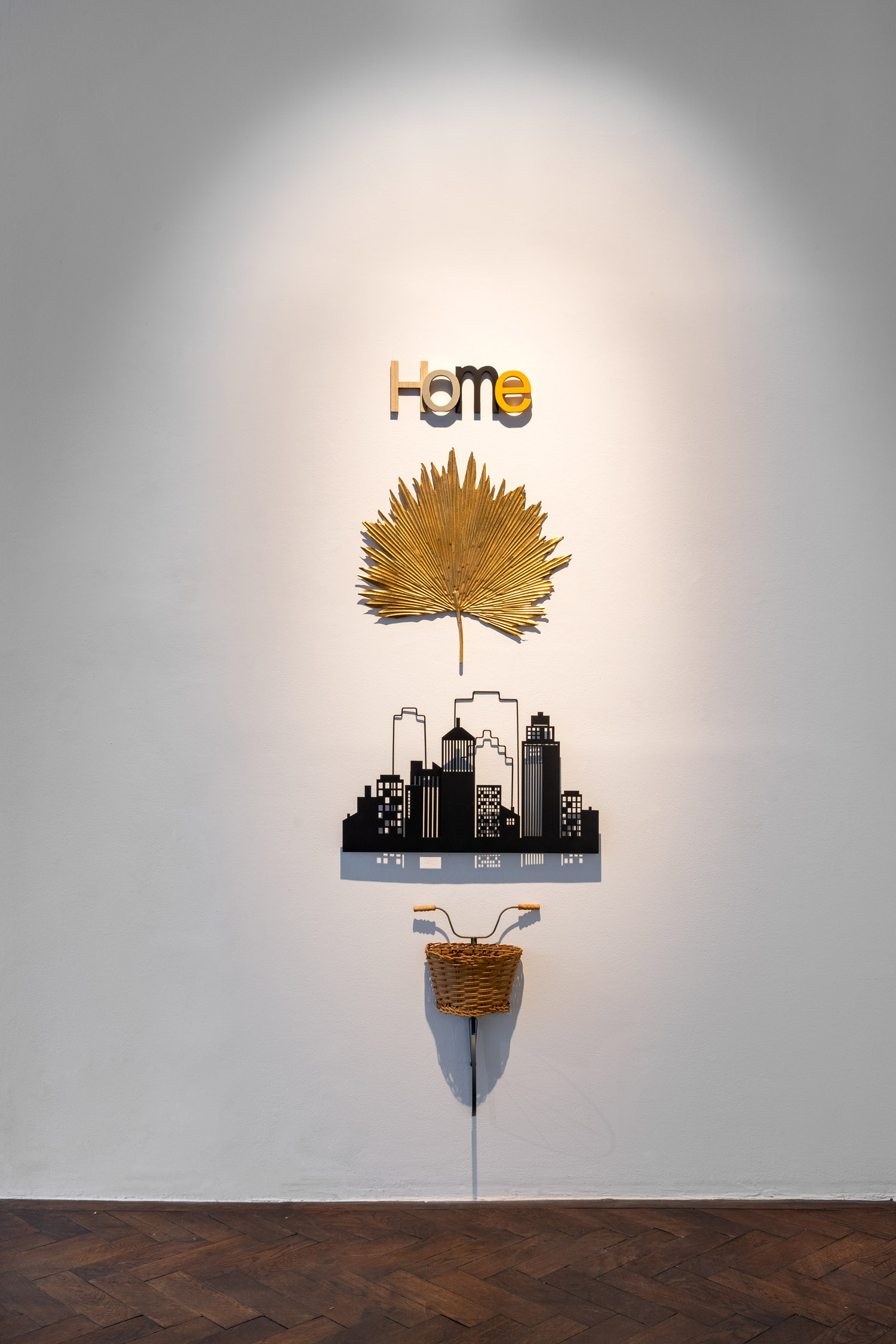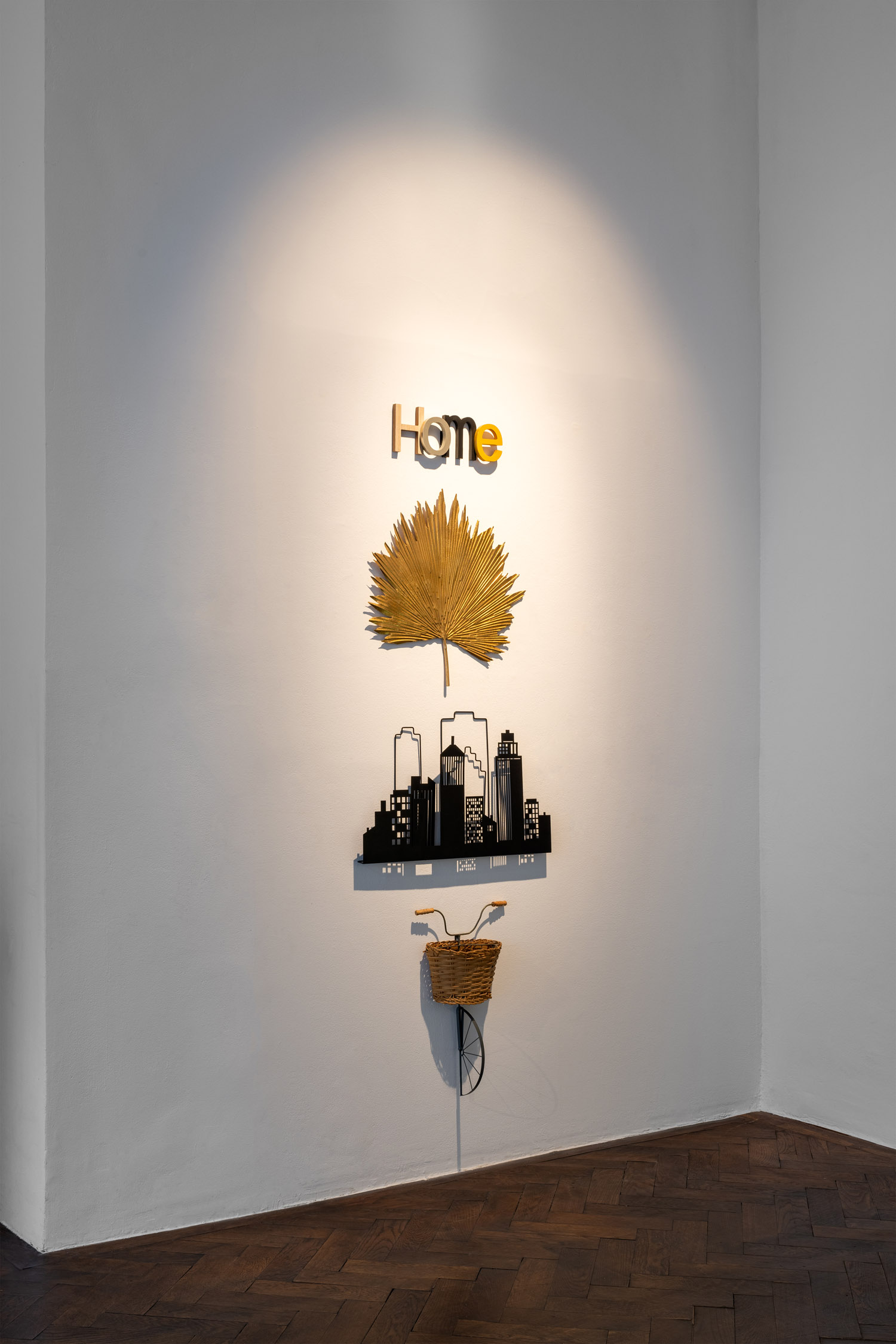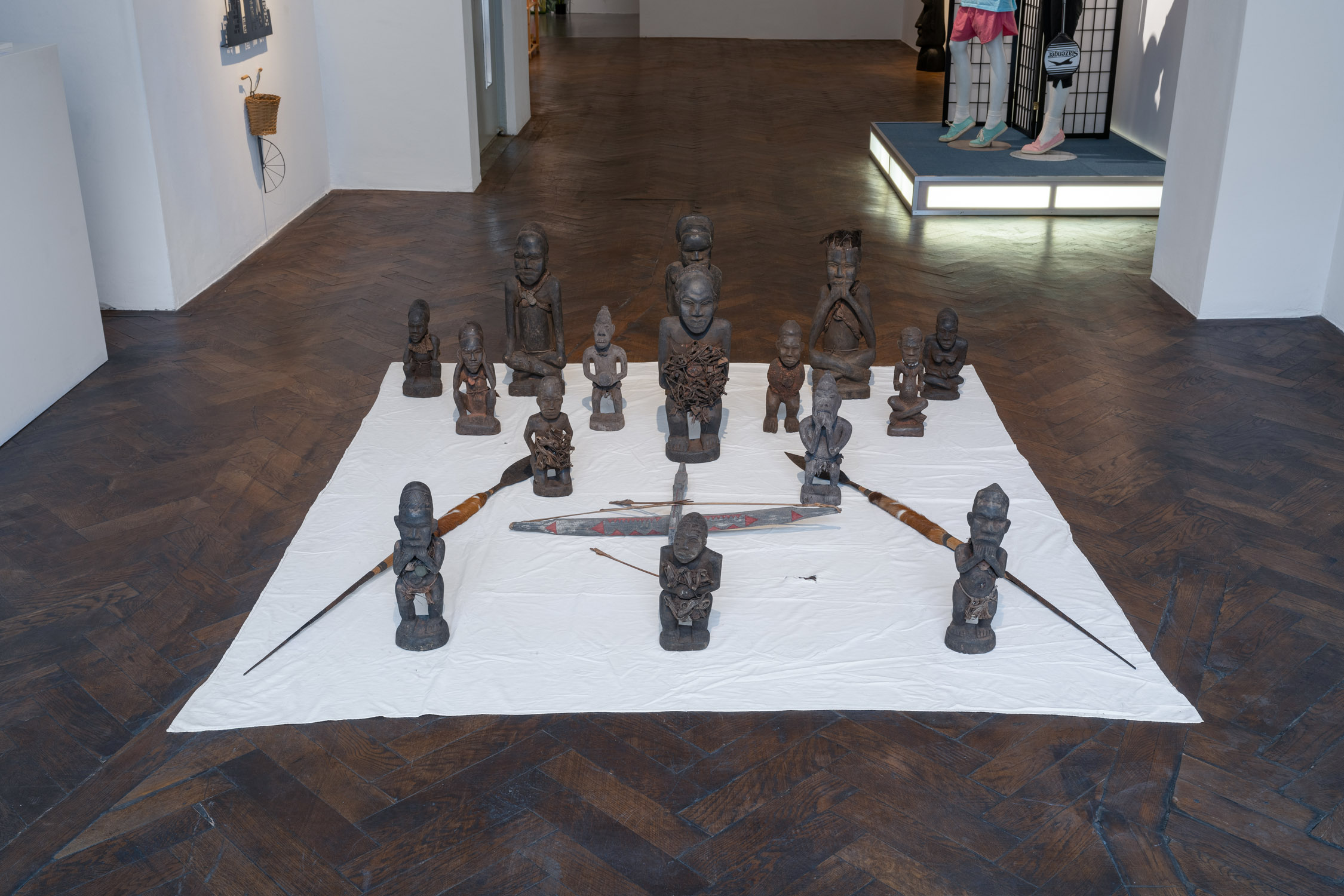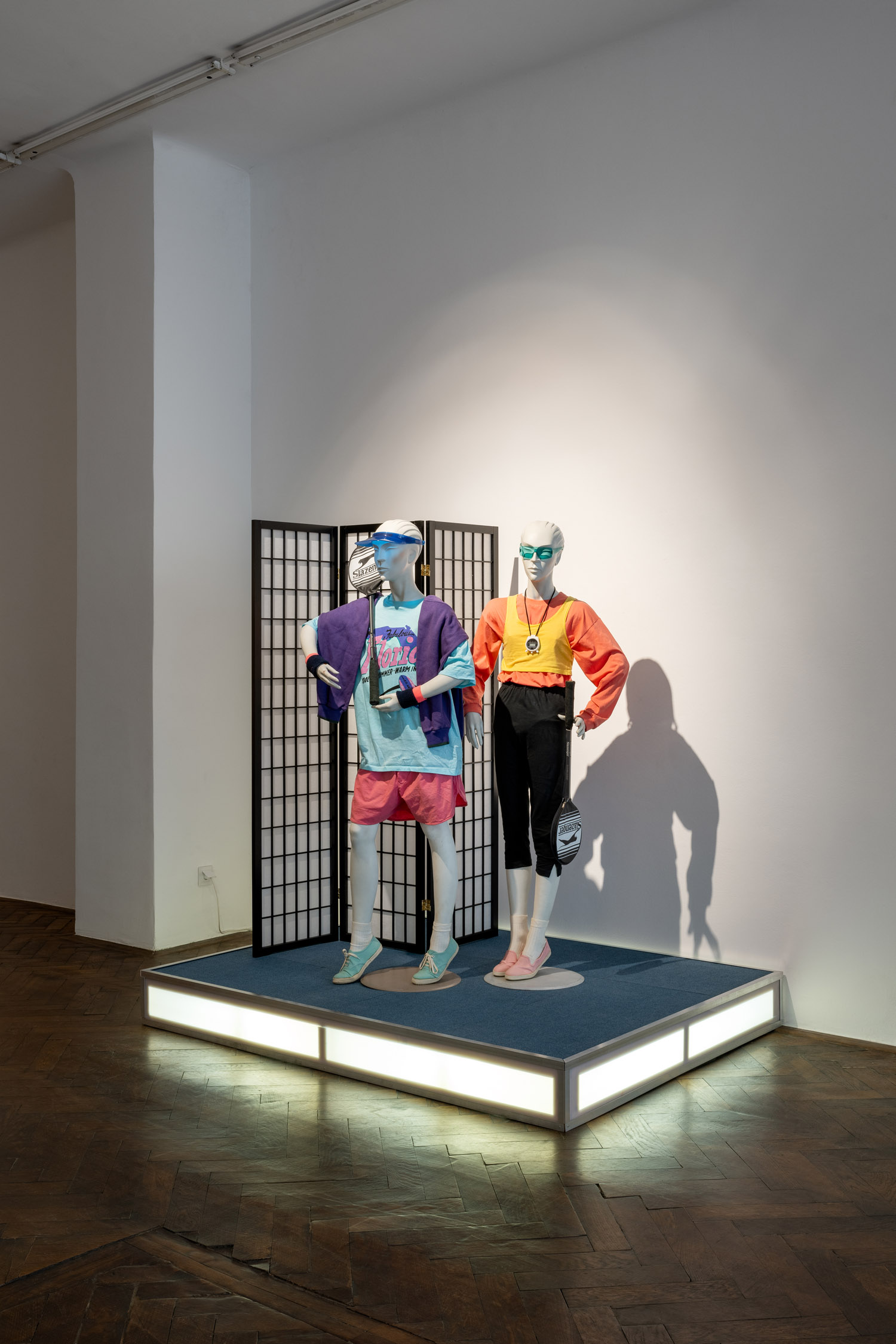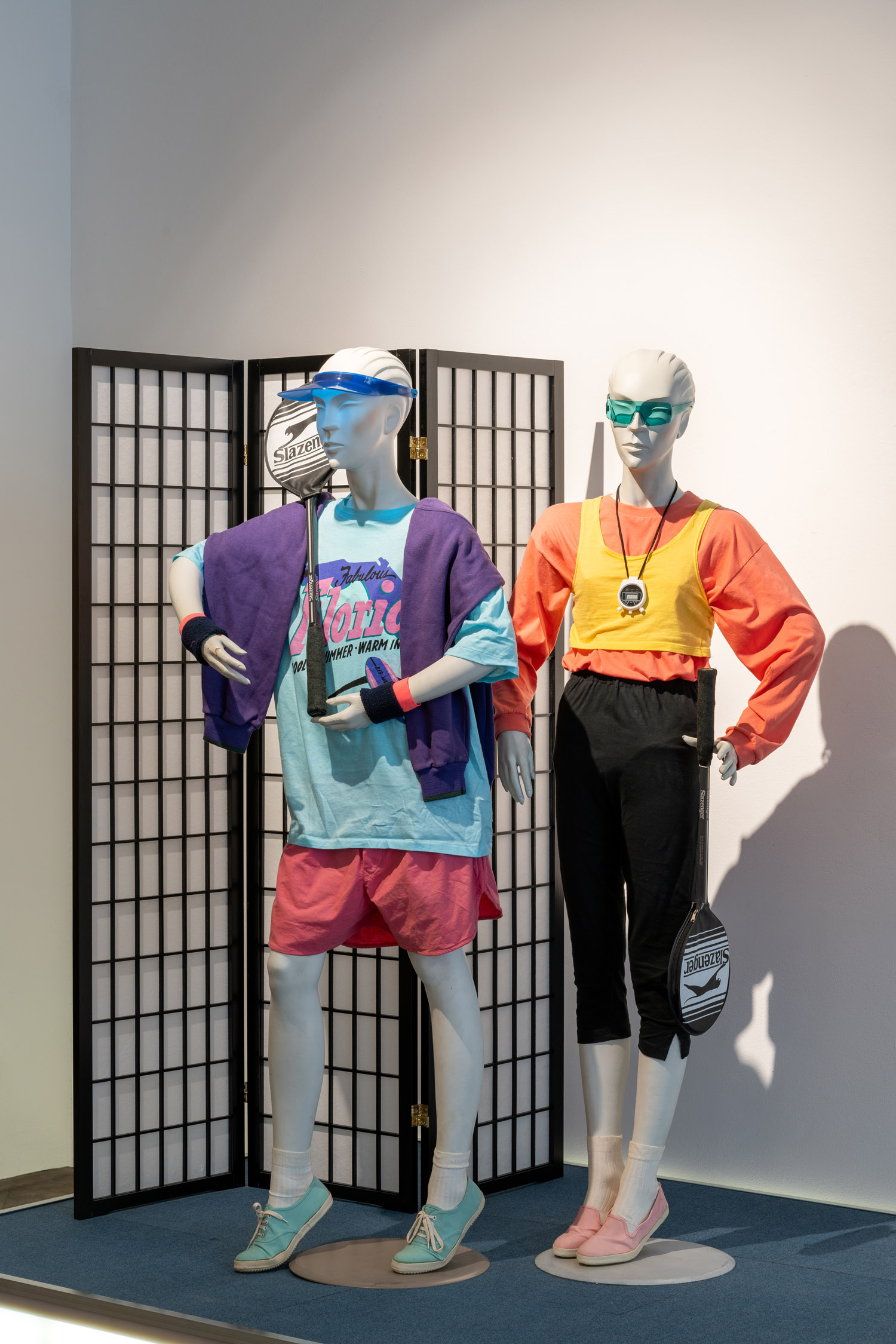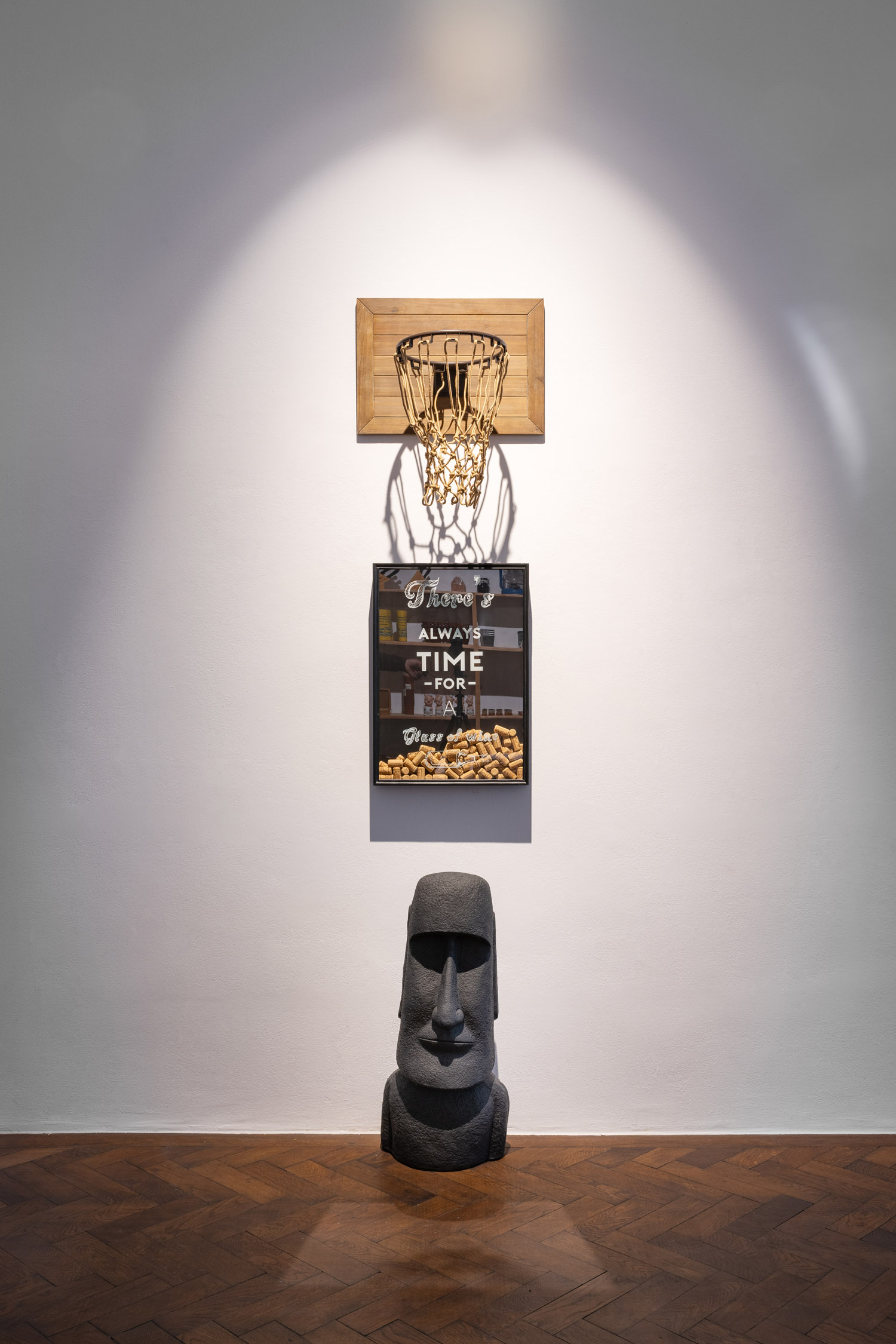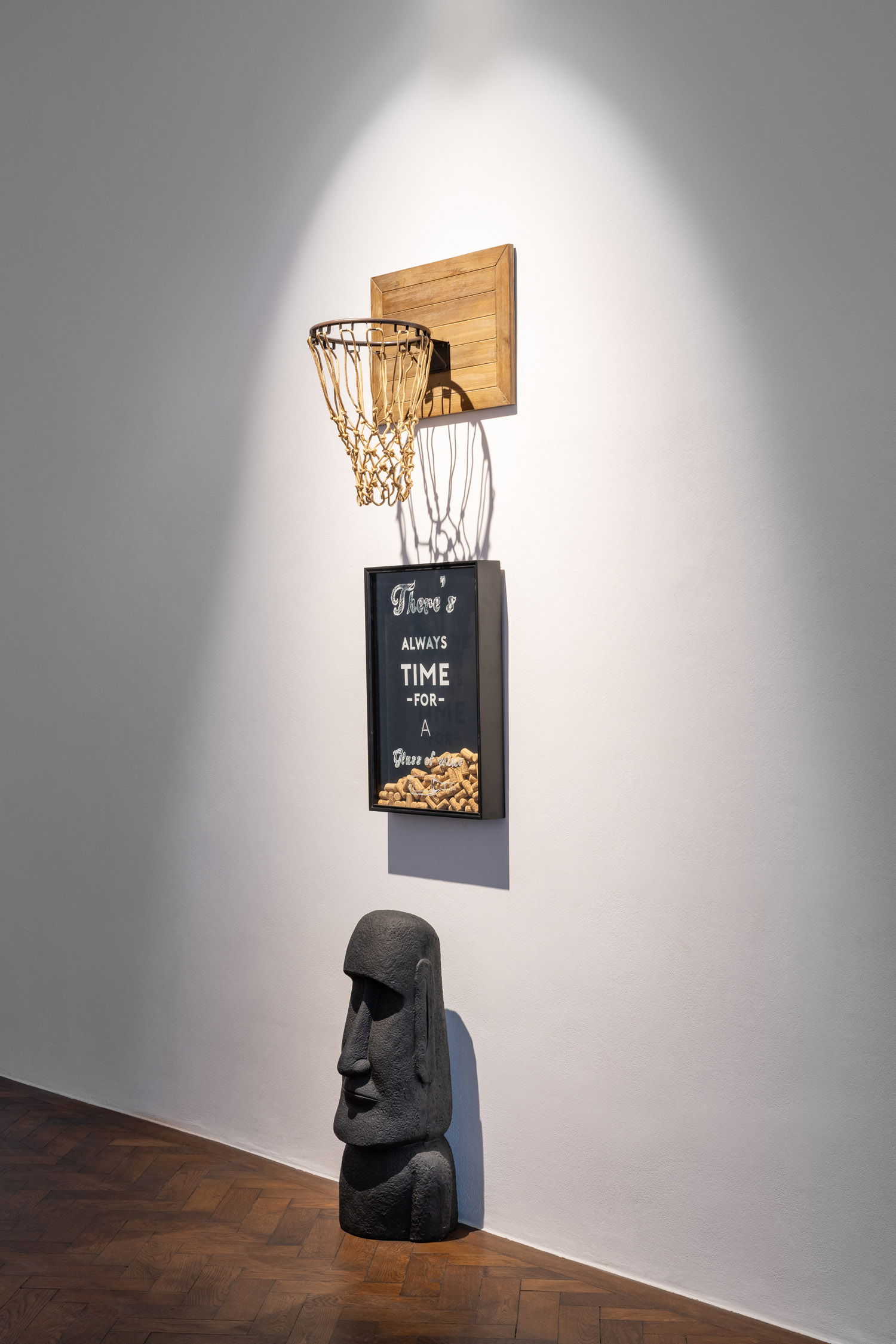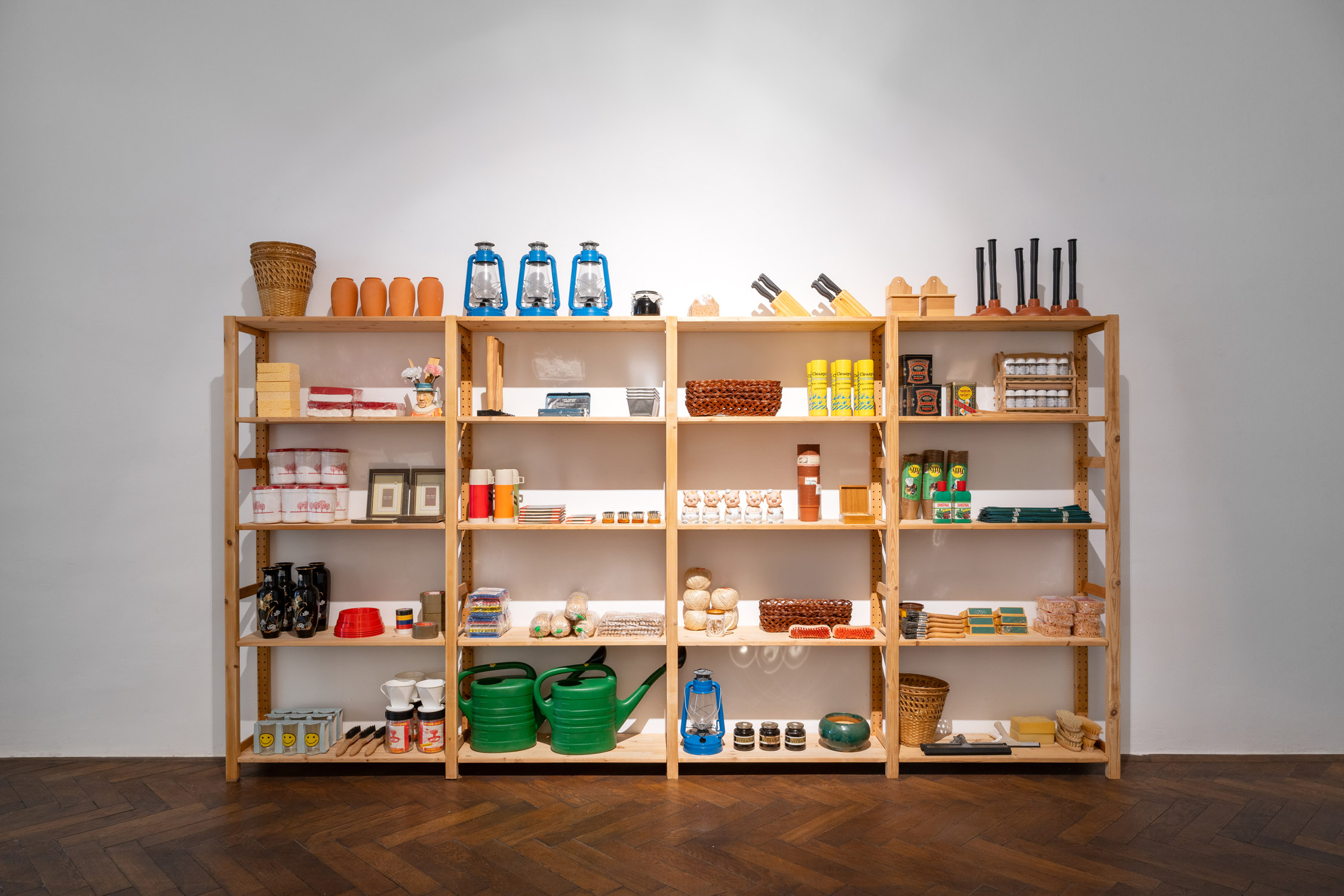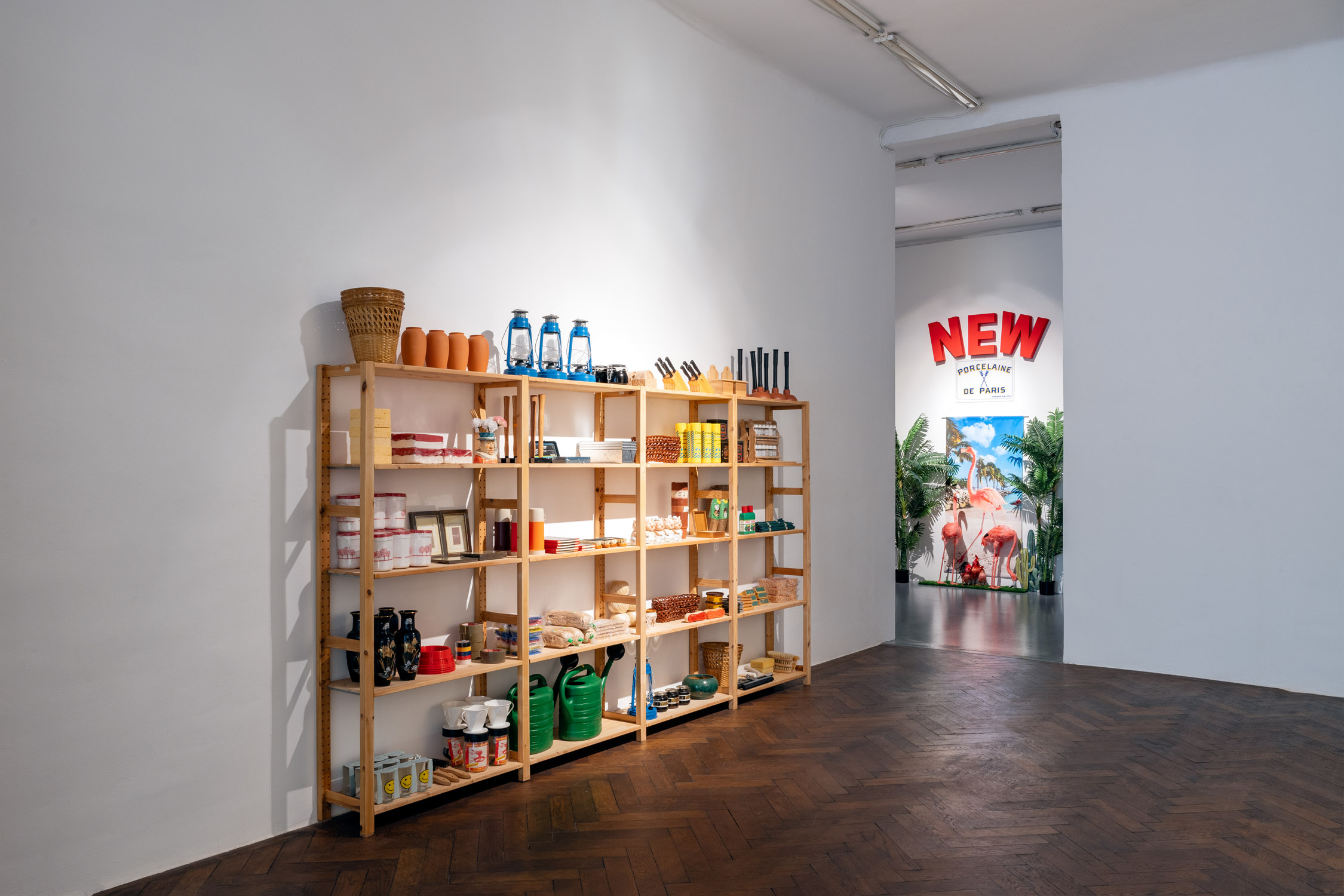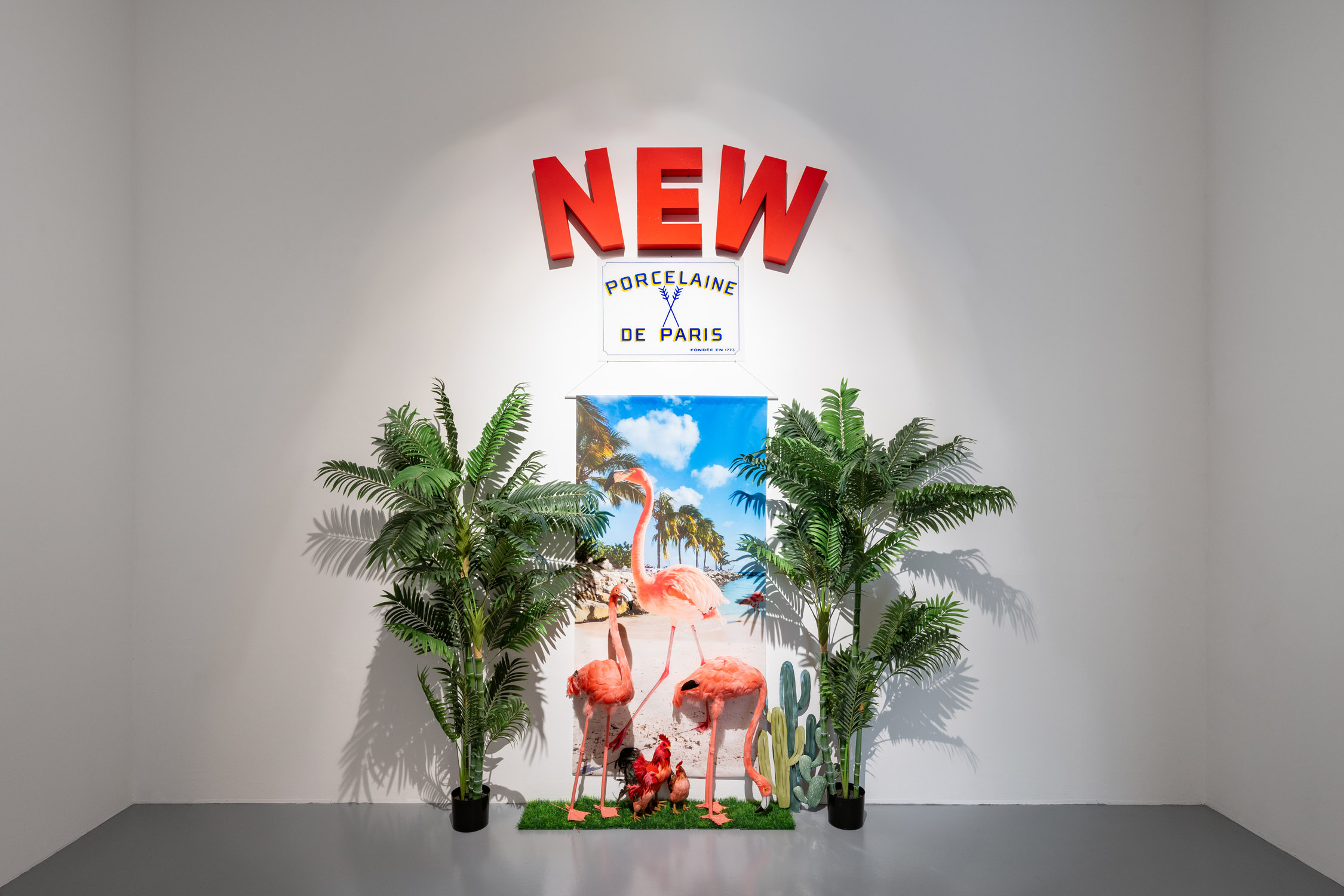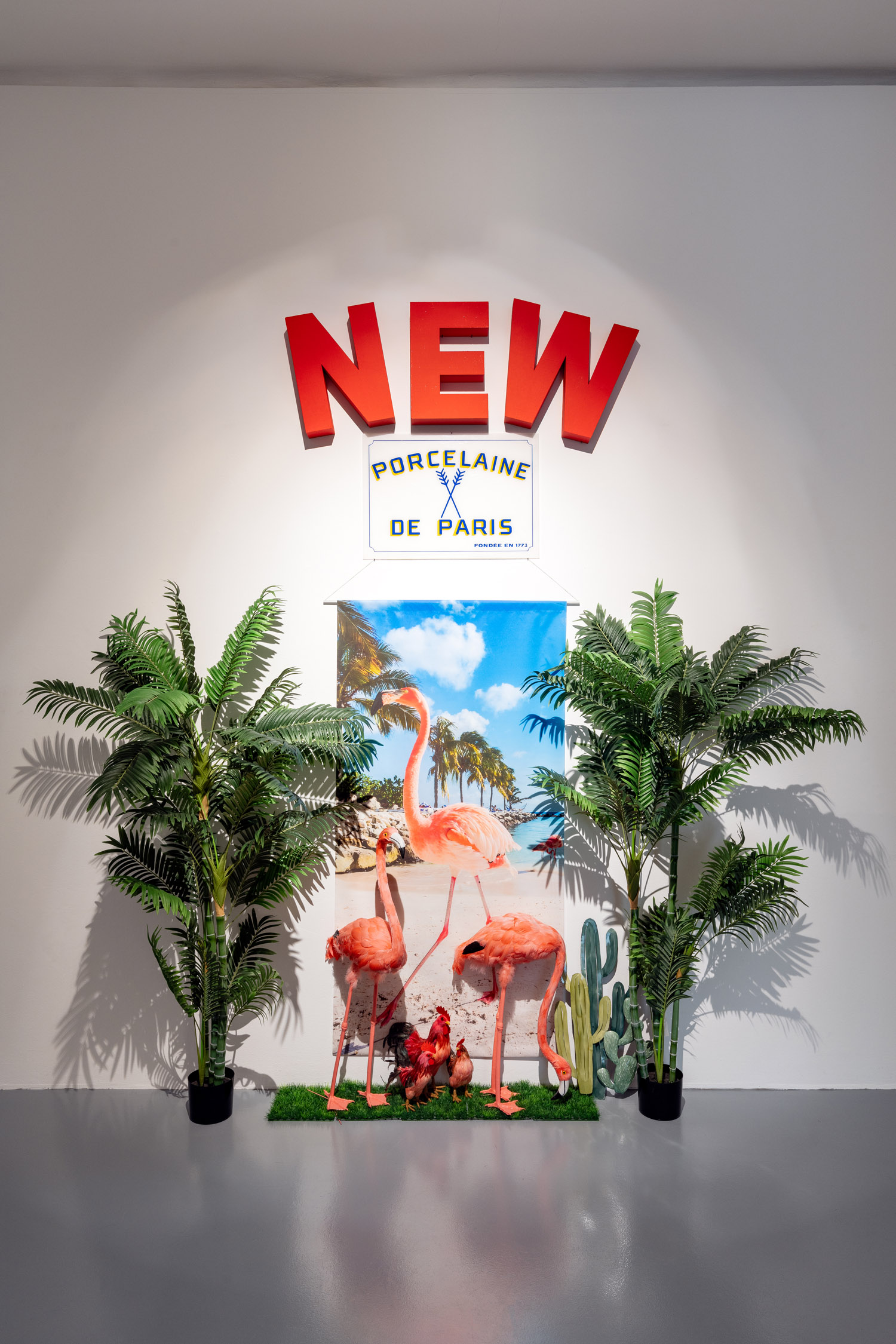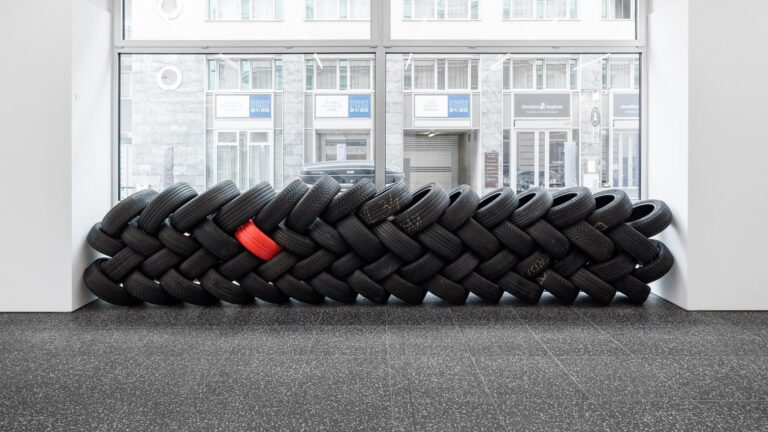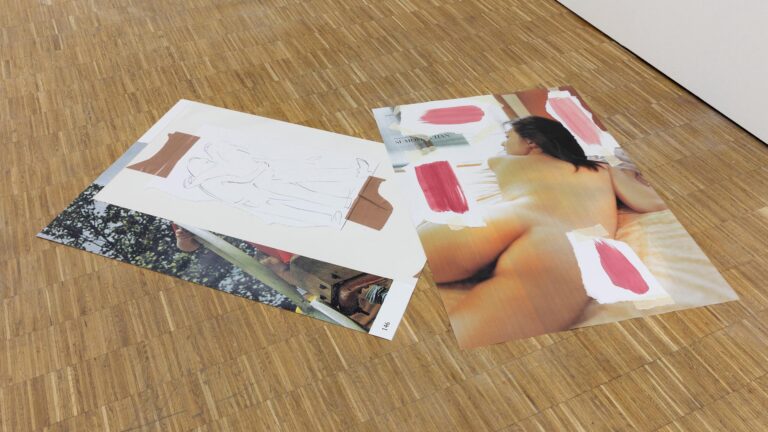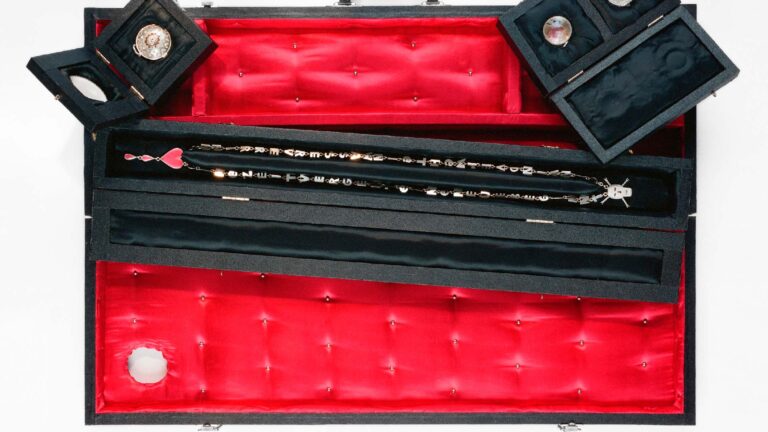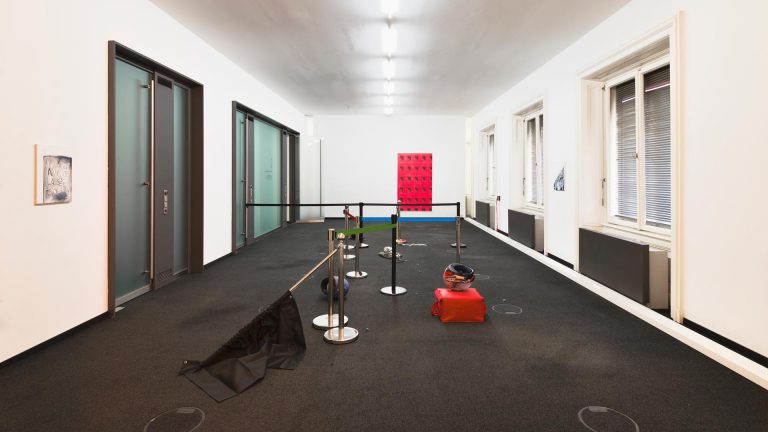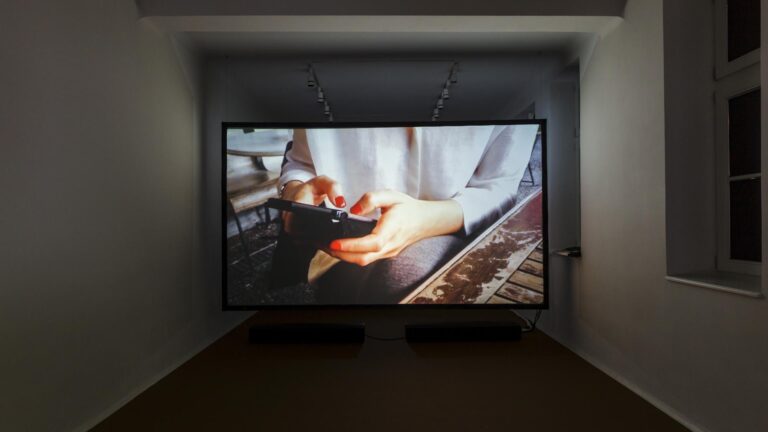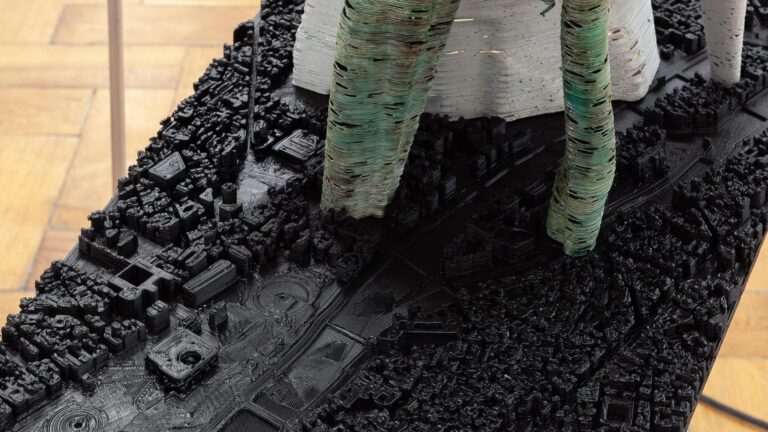Guillaume Bijl (*1946, Antwerp) is known for his large-scale installations and visual realism. Since the late 1970s, Bijl has created realistic decors using found objects. In doing so, he played a pioneering role in the resurgence of the ready-made. Bijl shows the audience various aspects of our Western ‘civilisation’ and consumer society. Using extreme stereotypes, he creates a sort of ‘archaeology of our time’ in a tragi-comedic, alienating way.
After searching for a mode of expression which could enable the audience’s involvement, the young Guillaume Bijl, a self-taught artist, started creating projects on paper in the seventies (Project Pleasures). The most important series comprised nine Treatments. This series exposes various societal determinations and phenomena such as the church, the army, the education system, the holiday business, sex, businessmen or the daily grind of blue-collar workers. In these depictions on paper Bijl draws a trail, accompanied by a step-by-step script, guiding the visitor from room to room to follow the life course of, for example, a soldier.
These projects are at the root of his following oeuvre, both visually and in terms of content.
In 1979 Guillaume Bijl created his first installation Autorijschool Z at Ruimte Z, an artist-run gallery in Antwerp. The artist exposes what shouldn’t have happened: the gallery being turned into a less appealing commercial institution, a driving school. In this lifelike décor, the artist provided chairs and benches for the students, a blackboard, didactic boards with traffic signs, a model of an engine… In this first installation, three elements that will become characteristic for his entire oeuvre can already be recognised. Firstly, there’s a game between fiction and reality resulting in a sense of alienation or confusion for the spectator caused by the artist’s act of displacement. Secondly, Bijl criticises a contemporary societal phenomenon and, last but not least, the fact that the installation is placed inside an art space, turns every object into a sculpture and a visual image.
This driving school was the first of a series of transformation-installations, which evolved into a visual epos of societal phenomena. In many museum institutes and galleries, Bijl created a Fallout Shelter (Liège, 1985), a Shooting Gallery (Eindhoven, 1985), a Caravan Show (Grenoble, 1989), a Supermarket (Tate Liverpool, Frankfurt, Basel), a Central Airport Basel (1986), a Futon Store (New York, 1989), a Wig store (Brussels, 2012), a dog grooming salon (Zürich, 2016), etc.
In addition to these transformation-installations, there are five other types of works in Bijl’s oeuvre. The names for these different types of works are also the titles for the works. Sometimes there is a “Tableau Vivant”/performance at the opening. In his situation-installations, Bijl creates fiction in reality, usually in public space. In 1995 for instance, he mounted stuffed birds on roofs and lanterns during Documenta 9 in Kassel. Compositions, mostly called Composition Trouvée, are fragments from reality, objects that seem to have been taken from antiquaries or gift shops. These often kitschy-looking works are smaller in scale and always thoughtfully put together. His Sorry works can take on different forms. They are compositions of objects or installations with an absurd element to them, making them fall out of reality, into the surreal. A beautiful example is the bird’s nest containing one red and two white billiard balls, a bizarre still life.
With his Cultural Tourism theme, Bijl creates installations that zoom in on banal museums and mass-tourism phenomena, as for example in Roman Road(Middelheim Museum, 1994) or the installation Lederhosen Museum (Graz, 1997). More recently Bijl made realistically painted bronze statues and scenes like Feestelijke Beelden at the Europaplein, Amsterdam (2014), Saluting Admiral Couple at MAS, Antwerp (2016) or the statue of a businessman making a hand stand out of joy Ein neuer erfolgreicher Tag, Wuppertal (2008) Lighthouse / Watchtower, De Haan, in public space.
Guillaume Bijl has had major solo exhibitions and has taken part in numerous group shows including the Paris Biennial (1982), SMAK, Gent, (1984), Kunsthalle Bern (1986), Belgian Pavilion – Venice Biennial (1988), New Museum, New York (1989), Documenta 9, Kassel (1992), Sydney Biennale (1992), Centre Pompidou, Paris (2000), Skulptur Projekte, Münster (2007), 11th Lyon Biennial (2011), Istanbul Biennial (2013), Busan Biennale (2006) and Manifesta 11, Zürich (2016). Recently he has taken part in the following projects: Beaufort (2018), Play, Kortrijk (2018), Félicien Rops Museum, Namur (2018), Power to the People, Schirn Kunsthalle, Frankfurt (2018), the Bruegel Year, Dilbeek (2019.), Musée d’art Contemporain, St Etienne, 2021, “Survey”, Art Basel, Miami, 2022, Unlimited, Art Basel, 2023.
Guillaume is represented by galleries such as Nicolai Wallner Gallery, Copenhagen, Nagel-Draxler Gallery, Berlin / München / Köln, Lumen Travo, Amsterdam, Keteleer Gallery, Antwerp, H. Winter Gallery, Vienna, Zero Galleria, Milan, Meredith Rosen Gallery, New York.
— Nadia Bijl
